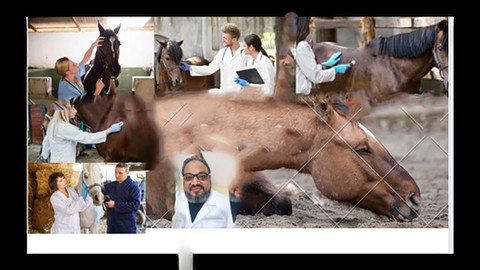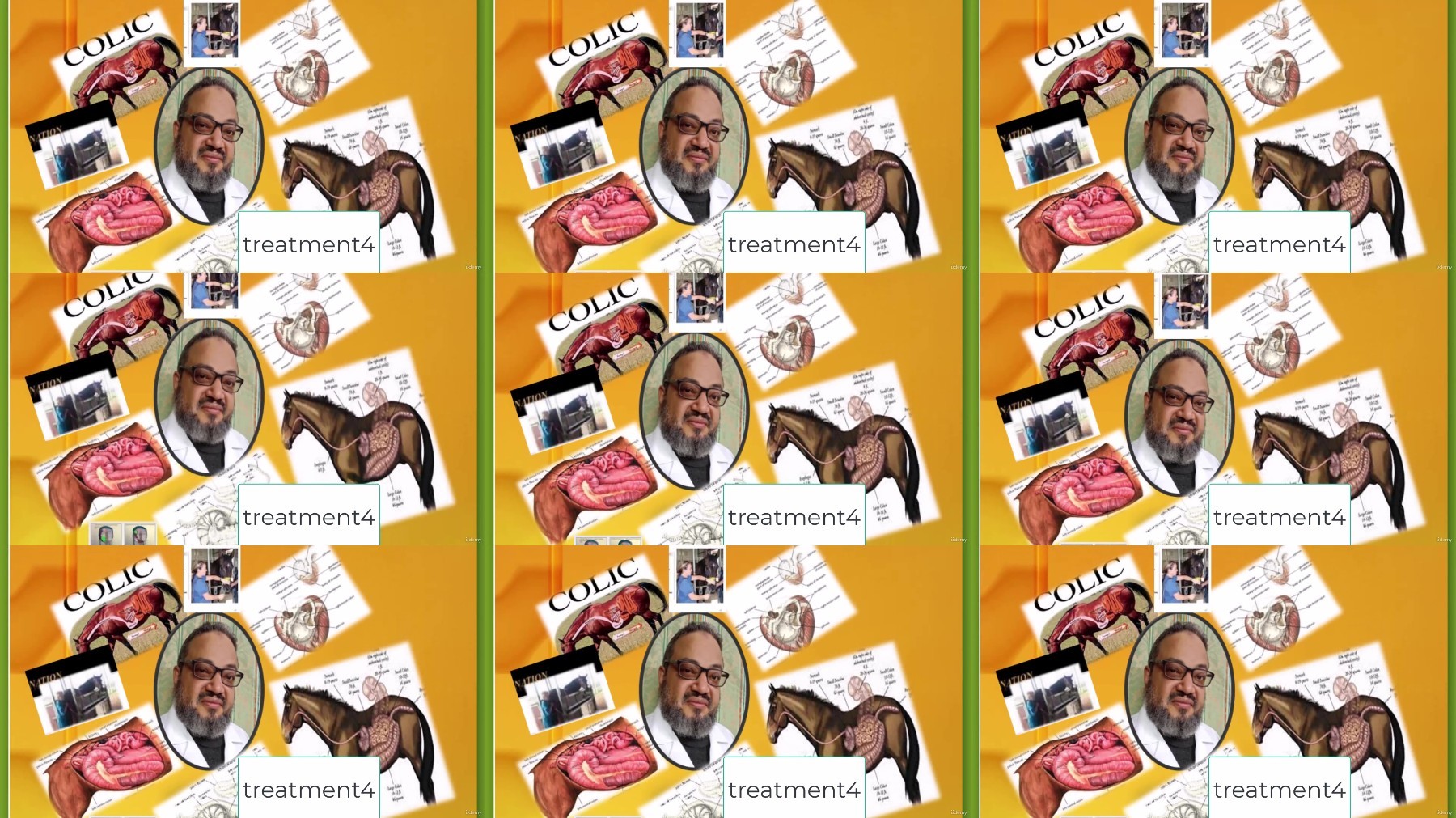Horse Colic What Can We Do
02
April
2024
Horse Colic What Can We Do
Published 4/2024
MP4 | Video: h264, 1920x1080 | Audio: AAC, 44.1 KHz
Language: English
| Size: 459.44 MB[/center]
| Duration: 0h 51m
horse acute abdomen
What you'll learn
GIT anatomy
colic motility pattern
clinical finding
fluid thereby
surgery
treament
Requirements
previous knowledge about horse care anatomy physiology
Description
Hi, colic in its strict definition, the term colic means abdominal pain, over the year it has become a broadterm for a variety of conditions that causes the host to exhibit clinical signs of abdominal pain.Consequently, it's used to refer to condition of widely varying etiologists and severity. To understand theseetiologists, make a diagnosis and initiate appropriatecolic in horses. In its strict definition,the term colic means abdominal pain. Over the years, it has become a broad term for a variety of conditions thatcause the horse to exhibit colic and signs of abdominal pain Consequently, it's used to refer to condition of widelyvarying etiologies and severity. To understand this, etiologists make a diagnosis and initiate appropriatetreatment. Veterinarians must first appreciate the clinically relevant aspect of equine GIT anatomy, thephysiological processes involved in a movement of ingesta and the fluid along the IT tract, the extremesensitivity of the horse to the deleterious effect of bacterial endotoxin that normally exhibit within the lumenof the intestine.treatment, veterinarian must first appreciate a clinically relevant aspect of acquired GI anatomy.GI, the physiologic process involved in movement of ingesta and the fluid along the GI tract and theextreme sensitivity of the host to the deleterious effect of bacterial endotoxin that normally existswithin the lumen of the intestine .GIT Anatomy, hello everybody. The horse is amonogastric animal with a relatively small stomach capacity 8 to 10 liter that is located on the left side of theabdomen beneath the very cage The junction of the distal esophagus and the cardiac is functional When we evolvepermitting gas and the fluid to move into the stomach, but not out Consequently condition that in with the normal movement of gas Abnormal movement of gas and the fluid through the small intestine may result in severeDilation and the rupture of the stomach because of its position.GIT from the ilian the ingesta entered the seacom a lot of blind -ended fermentation that that is situated baraia mali on the horseright side extending from the region of the bara lumbar fossa tothe xiphoid cartilage on ventral midline the seacom is four tofive feet 1 .2 to 1 .5 meter long and can out say 27 to 30 liter offeed and the fluid under the influence of the secal musculaturethe ingesta in the seacom is massaged mixed with themicroorganism is capable of digesting silos and eventuallywhere he burst through the a seco colac omenin into the rightventral colon the attachment of the seacom to the dorsal bodywall is wide thus minimizing the likelihood where the seacomcan become displaced or twisted on its own the right ventralcolon is the divided into secalations that help mix and retainblunt fiber until they are digested it's located on the ventralaspect of the abdomen from the flank region to the ribcage theventral colon internet toward the left becoming the sternalflexure and is in the left ventral colon the left ventral colonwhich also is large and circulated past corollary to the left flankarea near the pelvic region the diameter of the colon decreasemarkedly and the colon fold back on itself this region which iscalled the pelvic flexure is the initial portion of the andcirculated left dorsal colon very simply due to the abruptdecrease in diameter the junction between the left ventral colon pelvic flexure is the most common location of infections the diameter of the dorsal colon is maximally either at its the aromatic flexure or at the right dorsal colon there are no circulation in the hybrid drift or right portion of the dorsal colon the right dorsal colon is closely attached to the right ventral colon by short fold and to the body wall by tough common mesenteric attachment with the veins of the cecum neither the left ventral nor the left dorsal colon are attached directly to the body wall allowing this portion of thevolume to become displaced or twisting and just moves from the large right dorsal column into the short transverse column which has the emitter of about 10 centimeter and is fixed firmly to the most dorsal aspect of the abdominal cavity by strong short fibrous mesenteric the transverse colon is located cranially to the cranial mesenteric artery finally then just entered the circulated descending colon which is 10 to 12 feet or 3 to 3 .6 meter long
Overview
Section 1: Introduction
Lecture 1 colic
Lecture 2 Introduction
Lecture 3 colic
Lecture 4 GIT1
Lecture 5 GIT2
Lecture 6 GIT3
Lecture 7 GIT motility
Lecture 8 openings
Lecture 9 findings
Lecture 10 symptoms
Lecture 11 history
Lecture 12 examination
Lecture 13 examination2
Lecture 14 pain relief
Lecture 15 larvae
Lecture 16 treatment
Lecture 17 treatment2
Lecture 18 ttreatment3
Lecture 19 surgery
Lecture 20 prognosis
horse owners , veterinerian , vet medicine students, horse riders, any one like horses



Free search engine download: horse colic what can we do
Note:
Only Registed user can add comment, view hidden links and more, please register now
Only Registed user can add comment, view hidden links and more, please register now